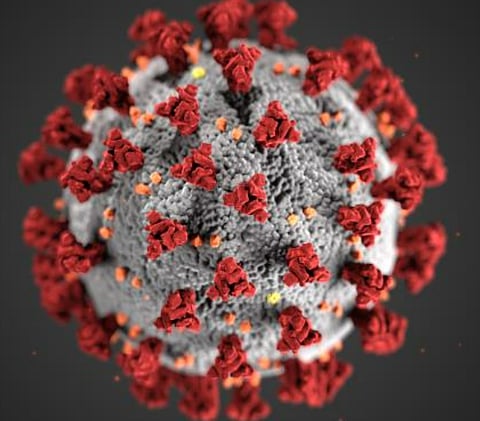DISCOVERY OF VIRUSES: AN EPIC TALE
You may have noticed that in the past two years, we have been jailed! We are sequestered in our homes, quite literally, by a small microscopic virus called COVID-19. The power of this little microscopic being is such that it can make us sick, and even cause fatality. But how did the term "virus" come into being and how far does our knowledge of it go back?
To understand what exactly a virus is, we need to understand the history of its discovery. How difficult it must have been for scientists in the 1800s to figure out a microorganism that is non-living outside the host but awakens, or comes alive, when it infects a host. How does it hijack the host reproduction facility and turn it into a virus-making factory?
It’s all very interesting, isn’t it?
Human beings didn’t know of the existence of viruses until the late 1880s. Scientists went to great lengths to understand viruses, infecting animals with viruses to learn about their mode of action.


